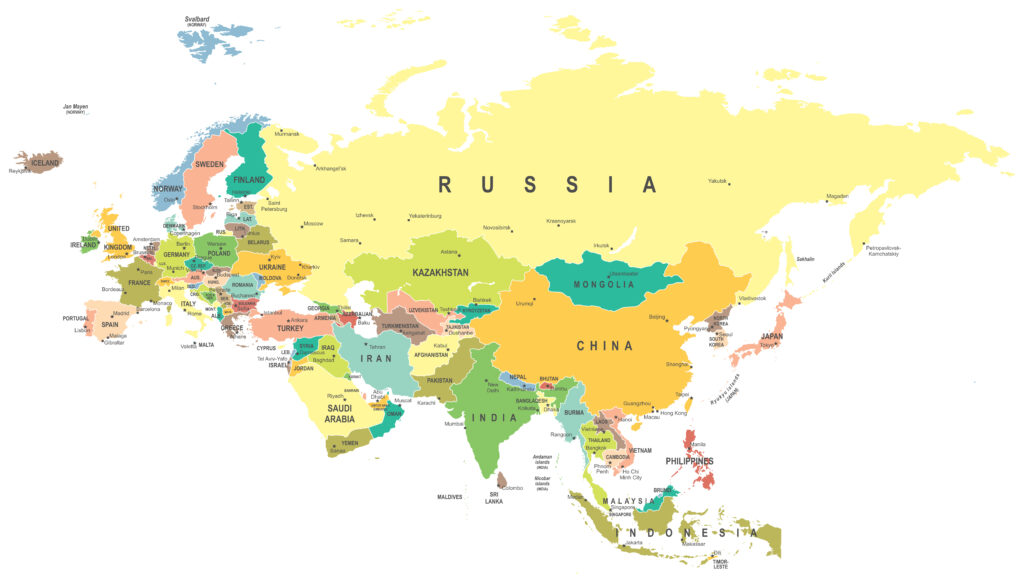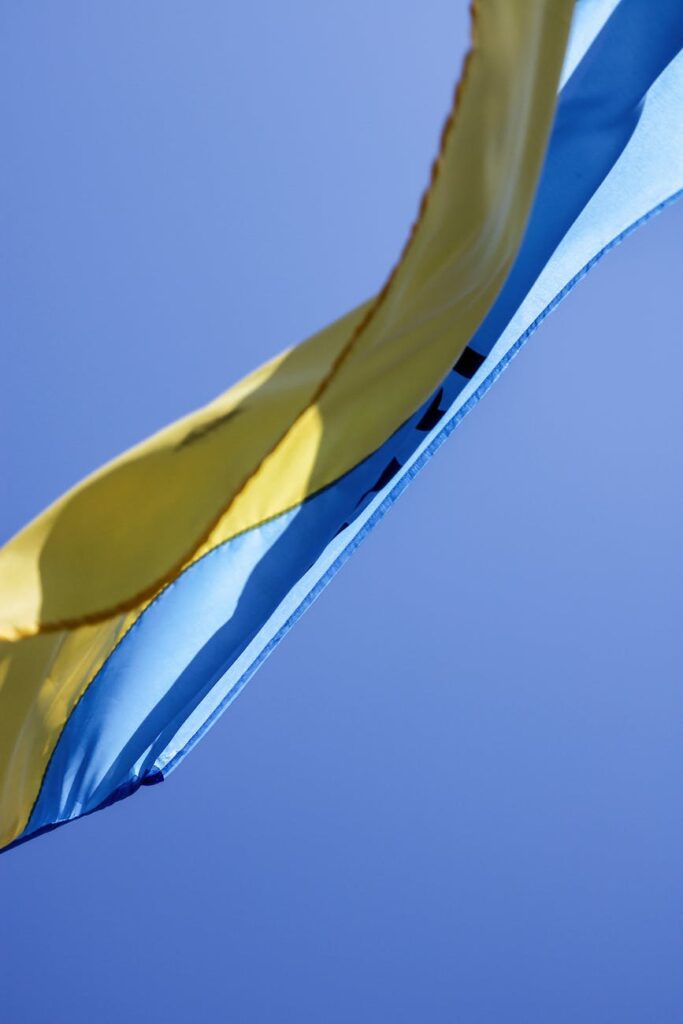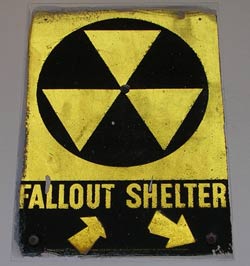
By Gordon Hahn, Russian and Eurasian Politics Blog, 11/22/22
The only way Ukrainians will see anything approximating a holiday season is if a ceasefire can be arranged by New Year’s Day, and it just might happen, regardless of President Volodomyr Zelenskiy’s repeated assertions that there will be no negotiations with Russia until it withdraws all its troops from all occupied territories, including Crimea. There are several reasons for the possible ceasefire.
First, the Russian hammer is about to fall on Ukraine. The gloves are coming off; electric energy stations, bridges, and even ‘decision centers’ such as central Kiev’s government buildings are being targeted. Russia is one or two more massive bombing attacks on Ukraine’s energy and transport infrastructure from permanently disabling Ukraine’s electricity, water, and railroad systems. With ‘only’ 50 percent of Ukrainian electricity infrastructure knocked out by the first three widespread bombings of electricity grid components, demonstrations are already breaking out in Odessa and other places over the deteriorating humanitarian situation, with Zelenskiy sending the Ukrainian KGB, the SBU, in to break up the protests and banning coverage in the media. The Office of the President was reportedly recently informed by technicians that the electricity system has entered the stage of ‘arbitrary and uncontrolled imbalance,” and one official has urged Ukrainians to be prepared to leave the country in winter. What will the sociopolitical situation be like when these critical infrastructures are in complete collapse and temperatures are 20 degrees colder? Russia will be moving closer to the strategy of ‘shock and awe’, fully destroying all infrastructure – military or otherwise – as the US did in Serbia and Iraq and will likely take less care now to avoid civilian casualties.
After the infrastructures are completely destroyed or incapacitated, Russia’s reinforcements of 380,000 regular and newly mobilized troops will have been fully added into Russia’s forces across southeastern Ukraine. Even without these reinforcements, Russian forces continue to make small gains in Donbass around Ugledar, Bakhmut (Artemevsk), as withdrawals from and stabilization of the fronts in Kharkiv and Kherson have led to a redeployment and thus concentration of forces in Zaporozhe, Donetsk, and Luhansk. A winter offensive by some half a million troops will make substantial gains on those three fronts and multiply Ukrainian losses in personnel and materiel`, which are already high. This could lead easily to a collapse of Ukrainian forces on one or more front.
Second, the West is suffering from Ukraine fatigue. NATO countries’ arms supplies have been depleted beyond what is tolerable, and social cohesion is collapsing in the face of double-digit inflation and economic recession. All this makes Russia the winner on the strategic level and is forcing Washington and Brussels to seek at least a breathing spell by way of a ceasefire. This is evidenced by the plethora of Western leaders calling on Zelenskiy to resume talks with Putin and the emergence of the ‘Sullivan plan’. Most recently, rumors have it that new British PM Rishi Sunak used a package of military and financial aid he announced during his recent trip to Kiev to cover up his message to Zelenskiy that London could no longer bear the burden of leading the European support for Kiev and that Kiev should reengage with Moscow.
Third, Ukraine’s greatest political asset – Zelenskiy himself – just got devalued, putting at even greater risk Ukraine’s political stability. The Ukrainian air defense strike on Poland (accidental or intentional) and the Ukrainian president’s insistence that it was a Russian air strike, despite the evidence and nearly unanimous opposing opinion among his Western backers, has hit Zelenskiy’s credibility hard. Zelenskiy’s insistence on the Russian origins of the missile and technical aspects of Ukrainian air defense suggests that the event may have been an intentional Ukrainian false flag strike on Polish/NATO territory designed to provoke NATO or Poland into entering the war. Some in the West are beginning to wake up to the dangers of Ukrainian ultranationalism and neofascism, not to mention the growing megalomania of Zelenskiy, who has appeared on ore than one occasion to be willing to risk the advent of a global nuclear winter in order to avoid sitting at the negotiating table across from Putin. Some may now come to understand that claims that Putin wants to seize all Ukraine and restore the USSR if not conquer Europe are yarns spun by Kiev to attract military and financial assistance and ultimately draw NATO forces into the war. There remains a danger that Kiev’s dream of a NATO intervention might come to fruition is the following temptation. NATO has declared that a defeat of Ukraine in the war is a defeat for NATO, and NATO cannot be allowed to lose a war to a Russia because that would accelerate the coming of the end to US hegemony. It cannot be excluded and may even be likely that should Kiev appear to be losing the war that Polish forces, NATO or some ‘coalition of the willing’ will move military forces into western Ukraine up to the Dnepr but do so without attacking Russian forces. This would force Russia to cease much of its military activity or risk attacking NATO forces and a larger European-wide war. This or something like it is probably already being considered in Washington.
For now, in order to keep the West on board, Zelenskiy is rumored to be pushing Ukrainian armed forces commander Viktor Zalyuzhniy to start a last pre-winter offensive in northern Donetsk (Svatovo and Severodonetsk) or Zaporozhe in order to put a stop to the West’s ceasefire murmurs and reboost support. At the same time there is talk of continuing Zelenskiy-Zalyuzhniy tensions over the latter’s good press and star status in the West. Tensions first emerged over disagreements of previous offensives and Zalyuzhniy’s earlier entry on the Western media stage. On the background of the deteriorating battlefield and international strategic situation, such civil-military tensions are fraught with the potential for a coup. Much of Zelenskiy’s strategy and tactics is driven more by political than by military considerations. Not least among the former is Zelenskiy’s political survival, which any ceasefire or peace talks requiring Kiev to acquiesce in the loss of more territory certainly will doom. Neofascist, military, and much of public opinion will not brook the sacrifices made in blood and treasure bringing only additional ones in Ukrainian territory. Others will ask why was not all of this averted by way of agreeing to Ukrainian neutrality and fulfilling Minsk 2 could have avoided it all.
We may be reaching the watershed moment in the Ukrainian war. No electricity, no army, no society. But here, as with any Russian occupation of central or western Ukrainian lands (not planned but perhaps a necessity at some point down the road for Putin), a quagmire awaits the Kremlin. Russia can not allow complete societal breakdown and chaos to reign in Ukraine anymore than it could tolerate a NATO-member Ukraine with a large neofascist component next door. All of the above and the approaching presidential elections scheduled in Moscow, Kiev and Washington the year after next make this winter pivotal for all the war’s main parties.


